Anyone that has been on or around Savile Row in the past year would have likely come across the force of nature that is Nancy Johnston (above), founder of Tengri, and her yak fibre.
Nancy is a social worker, traveller and campaigner, who founded Tengri after a trip to Mongolia staying with local herdsmen.
She fell in love with the country, but was also spurred by the tenuous existence of the people, and environmental changes that were making their nomadic life impossible. The volume of cashmere production was leading to desertification, and people were increasingly moving to slums in the cities.
Nancy (below left) realised the value of the animals, principally the Khangai yak, was the key to preserving this existence, and maintaining the biodiversity of the land as well.
And those animals had a lot of potential: the softest yak fibres were not being combed off and sold effectively (unlike cashmere).
She set up a company to help bring these people’s products to market, and feed the money back into the local culture. The story since has been a long one of securing the wool, working with spinners to make a usable yarn, and then weaving and knitting it into products that could be sold.
I’d heard this romantic story a few times last year, and seen some of the results of the woven cloth. Nancy was kind enough to invite me to several events around it, and show the products she is selling herself as well as through Huntsman and other luxury companies like Savoir Beds.
However, I didn’t want to simply reproduce the story without being able to speak to the quality of the product. I’d been told there were some issues with the initial batches of the cloth, for example, and wanted to test it myself.
Finally, I now have a product in the cloth and can relate my experiences. Nancy gave me the first sample length of an overcoating weight, which I made up into an overcoat with Cifonelli last year.
It is pictured below - and we covered the coat itself, its colour, make and styling, earlier this week.
My previous experiences of yak were not great.
Cifonelli has used it for jackets for several years, in a range of brightly dyed colours. I wrote about them for The Rake back in February 2012, and featured them on PS in this article.
But that yak was not that soft, and deliberately had a pilled, almost casentino texture. It had some great natural stretch, and those vibrant colours, but otherwise didn’t appeal to me.
I don’t know the details of the fibre used in that cloth, but the Tengri version is very different. It is smooth and fine, has great body, and is almost as soft as cashmere.
Nancy doesn’t know the details of the other yarns being offered either, but we assume they are at least spending less time separating the coarser guard hairs from the rest.
The Tengri overcoating cloth is only 550g, but densely woven. It isn't the heaviest coating in the world, but still feels substantial. The heft of my coat often surprises people.
Perhaps the loveliest thing about it is the colour (‘cocoa’), which is a greyed brown, with pale fibres in amongst the deep browns.
This initial run of overcoatings was largely done in natural colours, with each taken from a single colour of yak, and this has definite appeal. Much like the undyed British wool from Marling & Evans that has been popular recently, it feels like there is a direct connection to the animal.
As the colourings of the yak vary from year to year, it also means no single batch is quite like another. Frustrating, perhaps, for anyone that wants the exact same cloth as someone else. But a nice feeling for that original owner.
The range of natural colours is cocoa (mine), tan, and rare silver. The latter is the rarest as there are only a few animals like this in the mountains. So far Nancy has only managed to make two baby blankets out of it. The (organically) dyed colours of the coating are plum, pine, navy and black.
Nancy claims many wonderful properties for the fibre, including being soft, resistant to odour, water and moths, and hypoallergenic.
However it doesn’t feel like cashmere, realistically, and cashmere too is hypoallergenic. Being moth-resistant is very attractive, though with a coat like mine I’d hope to look after it well enough that this wouldn’t be an issue.
There have been three runs of jacketing cloths previously, all weighing 350g, and in a variety of colours - natural and dyed. But most were bought by Huntsman in advance, so haven’t been available to the wider public.
And Nancy has made a few pieces of ready-to-wear clothing, scarves and accessories, which are available on the Tengri site.
Mattresses (below) and toppers using the fibre are also available through Nancy, Harrods or Savoir Beds.
The limited volume of the cloth (only 100g can be combed, once a year), and in-person supply chain (Nancy gets WhatsApp messages from herdsmen when a batch is ready) also makes Tengri expensive: starting at around £500 a metre.
But the appeal here must be the social mission of Tengri.
Nancy’s work is real, and is making a concrete difference to this community of herdsmen, living a liminal existence.
After the initial success of her project, she received the blessing of the Mongolian government to use Tengri to revitalise the area. She has held yak-themed days to bring residents to see what’s going on. Catered travel is planned for 2021.
Nancy is also very keen on the transparency of her supply chain, and its sustainability. She speaks regularly on the issue, applies UN sustainability guidelines and has created an award for textile innovation. More information on the bewildering range of projects and principles here.
The herdsmen themselves were responsible for the name, giving Nancy the name of their sky god for the company. She feels rather a weight of responsibility as a result.
The latest batch of the jacketing is currently available from the following tailors: Huntsman (including New York), Michael Browne, Cifonelli, Dobrik & Lawton and Prologue.
Nancy has a showroom in North London where she can take appointments too - details here. The overcoating is available through Nancy, and directly through Cifonelli.
For those that can't afford a bespoke jacket or coat, there are the scarves and throws, and Nancy has lots of other projects planned for the coming year. So there will be plenty of other ways to support the company, if you want to.
More details on tengri.co.uk.
Photography: courtesy of Tengri, except of my coat, Jamie Ferguson.


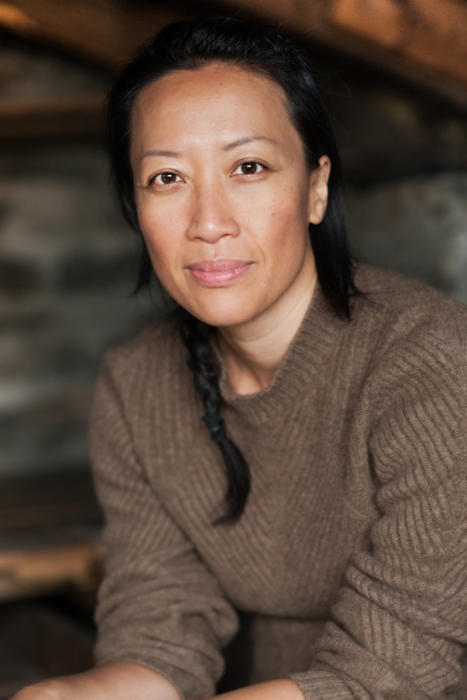
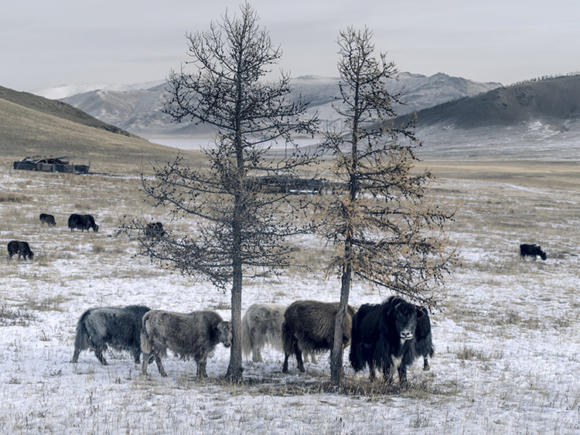
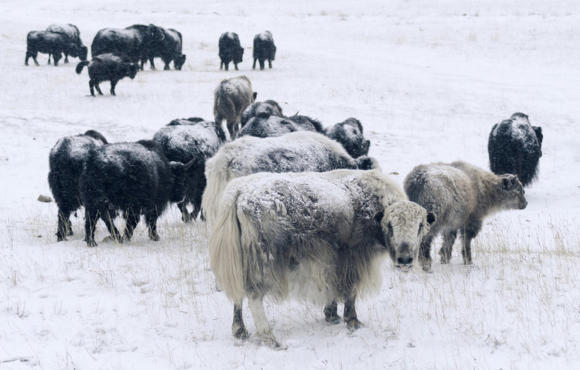
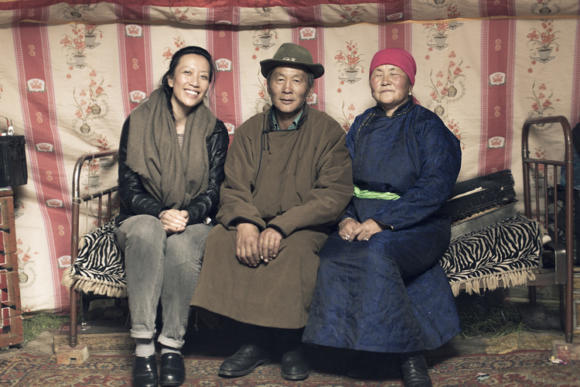
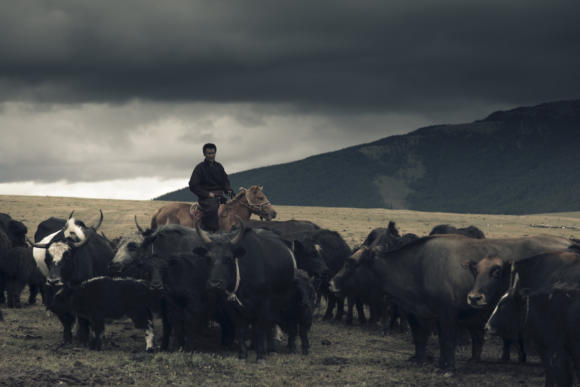

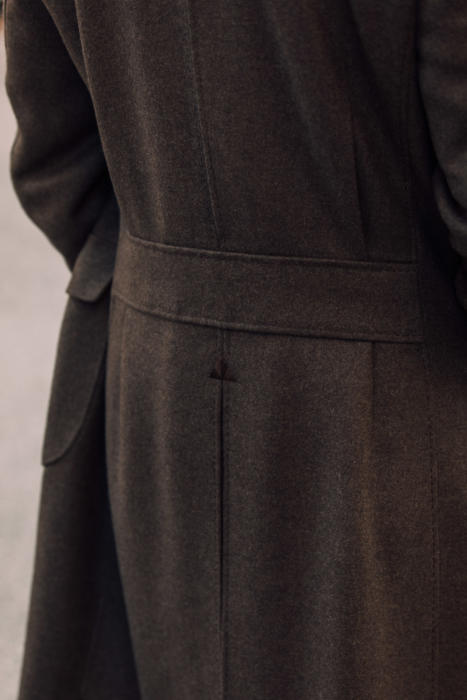
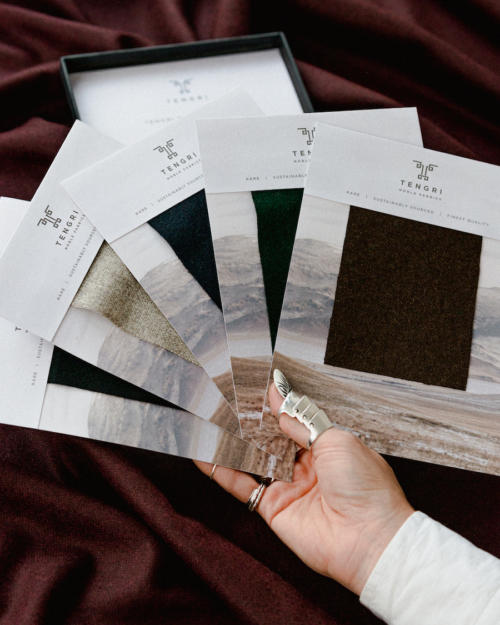
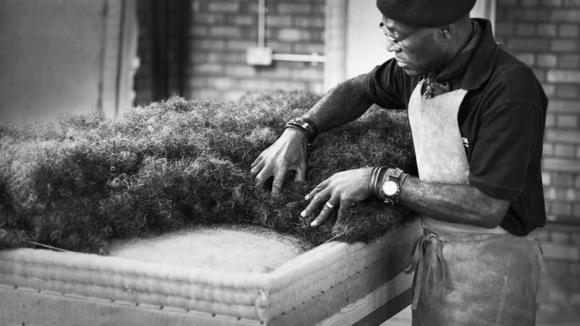
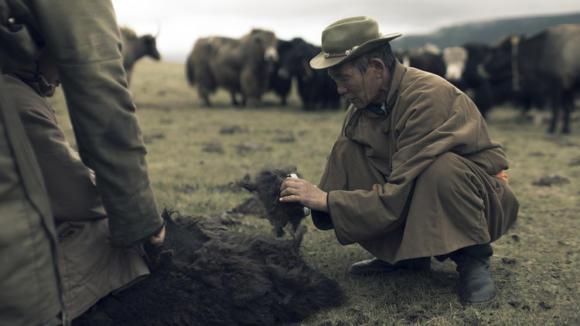
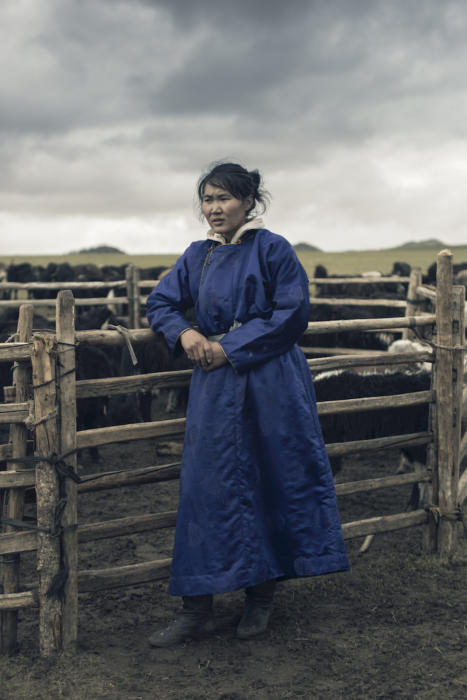
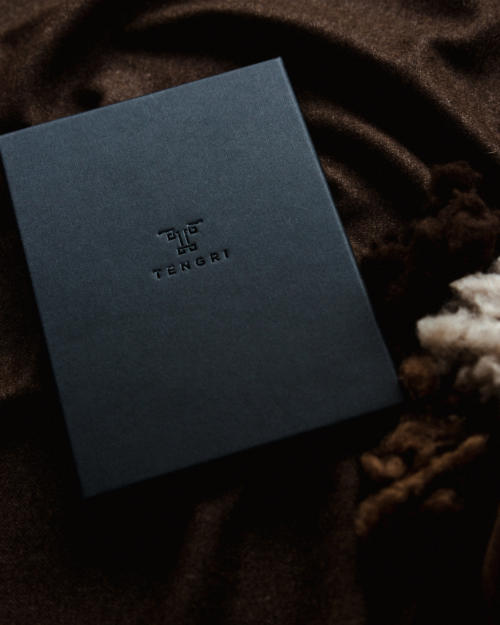


























Simon,
Beautiful coat, precious yak and a wonderful story. Thank you for sharing Ms. Johnston’s noble work. You indicate that the yak fiber is quite dear – may I ask a general range (eg Cifonelli may charge) for a lovely yak coat of this length in a similar style? North of $15k USD?
Let me double check. I gave them the cloth so I’m not sure. I’ll ask now
Considering yak has been on the market for atleast a decade primarily in knit goods with about the price of very cheap cashmere the prices of this cloth is ludicrous. How can they possibly justify this price other than for huge profit margins.
In the same way, Seb, as cashmere can vary hugely in price. Or indeed wool. Or in fact most raw materials.
It depends on the animal, on their age, on the part it’s combed from, how it’s sorted, in what quantities, what price is paid to the owner, how it’s woven, how it’s finished, and where all that’s done.
And, as this article tries to point out, why you’re doing it all. Pure profit, or social enterprise.
Well, there’s yak’s wool and then there’s yak’s wool. I can buy any number of garments made from Mongolian yak here in Ulaanbaatar, from department store sweaters to socks sold from the boot of a Prius in the car park of my local market, and most of it is nothing to write home about. If you’ve found it for the price of cheap cashmere then you’ve probably only experienced the lower end ‘Prius sock’ grade of yak wool, because the production costs of cheap cashmere and cheap yak are broadly similar. The highest quality of any fabric will always be significantly more expensive than the mid- and low-range.
Beyond the quality premium, as Simon mentioned, is the markup you’ll pay for any socially conscious enterprise. I’m a bit of a cheapskate so I’m not the target audience for this kind of thing, but having lived across the street from the edge of UB’s ger district for much of the last 10 years – and having family members who live in it, among the squalor – I support any venture that can help support nomadic herders and save them from the awful fate of giving up their herds and moving to the edge of the city in the hope of finding work. You wouldn’t wish a ger district long drop toilet on your worst enemy. Trust me on this.
Great article Simon, happy to see you finally featuring Tengri on your site. Their business model, in my opinion, is one that many companies should follow or be inspired by.
Anyway, based on what you’ve said in this article, you seem to suggest that what justifies the price per meter of the cloth is Nancy and Tengri’s mission – would you agree that the quality of the cloth is what justifies the price as well?
Yes, the quality is also very good. But you are paying a good amount on top for the way it is being done
At those prices the cloth should be superb. A very interesting article, but I wonder if her business model will keep the company profitable enough to stay in business. If the cloth isn’t as soft as cashmere, but as expensive, or more so, then yak may ultimately just be a novelty that will fade.
Dear Simon, clicking the search bar often redirects me to Bennett Winch — can this please be changed on the website?
Hmm, great point, thank you. That’s a bug with that ad – I’ll get it fixed now
I’m actually more interested in the ethnic costume worn by the people raising the yaks. I have a deep and abiding love for clothing which hasn’t changed in centuries! those wrap coats are quite special! This article also reminds me of Tibetan yak butter/yogurt tea, which is quite delicious. I think I’ll procure some after work……Fascinating article as always, Simon! 🙂
Beautiful story and certainly most laudable initiative. Very curious to see and feel the fabric live when Prologue go on tour next. But at that price point it should ideally qualify in parts as a charitable donation…
Lovely written article on Tengri thank you. My late father had their Warrior Sweater but never got around to wearing it. It is truly gorgeous & as you went into in the article I love what Nancy stands for.
Unfortuantely the sweater is not to my size, so I am looking to give it a new home!
Shanil, my deepest condolences to you and your family and that I’ve come to this comment so late. Your father had a heart of gold and was not just a valued patron. My team and will miss him dearly. I’m so sorry to hear he never got to wear his bespoke handknit sweater. Please contact us at [email protected] so we can give it a Tengri ‘reloved’ treatment. As we source the fibre, spin the yarns and knit / weave every item, I’d be happy to design and recreate something truly unique for you and your family with the yarns. Please get in touch.
Hi Simon,
I’m late to the party, but this is a beautiful story and fabric. In terms of durability, how has this coat held up over the years in comparison to the cashmere coat from Cifonelli?
Also, is this something that be purchased in cut length or more of an exclusive fabric?
Best,
Phong
It’s held up well, certainly as well as the cashmere. However I don’t know on the buying options, it’s been a while – best to try and contact them
Hi Simon, hope your coat is holding up and keeping you warm this winter.
Phong, Khangai yak fabrics is relatively new to the world, so it hasn’t been wear-tested for years but I can say all our fabrics are heavily tested to meet industry standards for domestic upholstery in furniture and interiors.
I personally wear test everything, including putting them to the test on my mountain adventures to feel the thermal regulation properties. The animal does live at higher altitudes than sheep and cashmere, so it’s fibres do perform differently.
It does not ball and peel like other luxury fabrics and it has also been fire tested. The tensile strength of the yarn is also tested before the fabric is made to ensure every aspect of the fibre and our making process produces the highest levels of quality craftsmanship. It is soft, but not like cashmere as it is a different animal. I’d describe it as having more depth and density but still luxuriously soft.
We’ve worked with scientists to ensure Tengri fibres are from a rare breed in the Khangai mountains where the properties are different to other yaks in Mongolia. We’re the first company to ever differentiate quality at source.
We only use virgin fibres, when the baby yaks shed their first winter coat. The colourways are also endemic to that region due to the minerals in the ground. The fabrics have a natural shine to them under the sun. The global availability therefore really depends on the health of the land and animals and it’s exclusivity is therefore limited by nature.
We’ve updated our website since the article was written so do pop over to houseoftengri.com and get in touch.